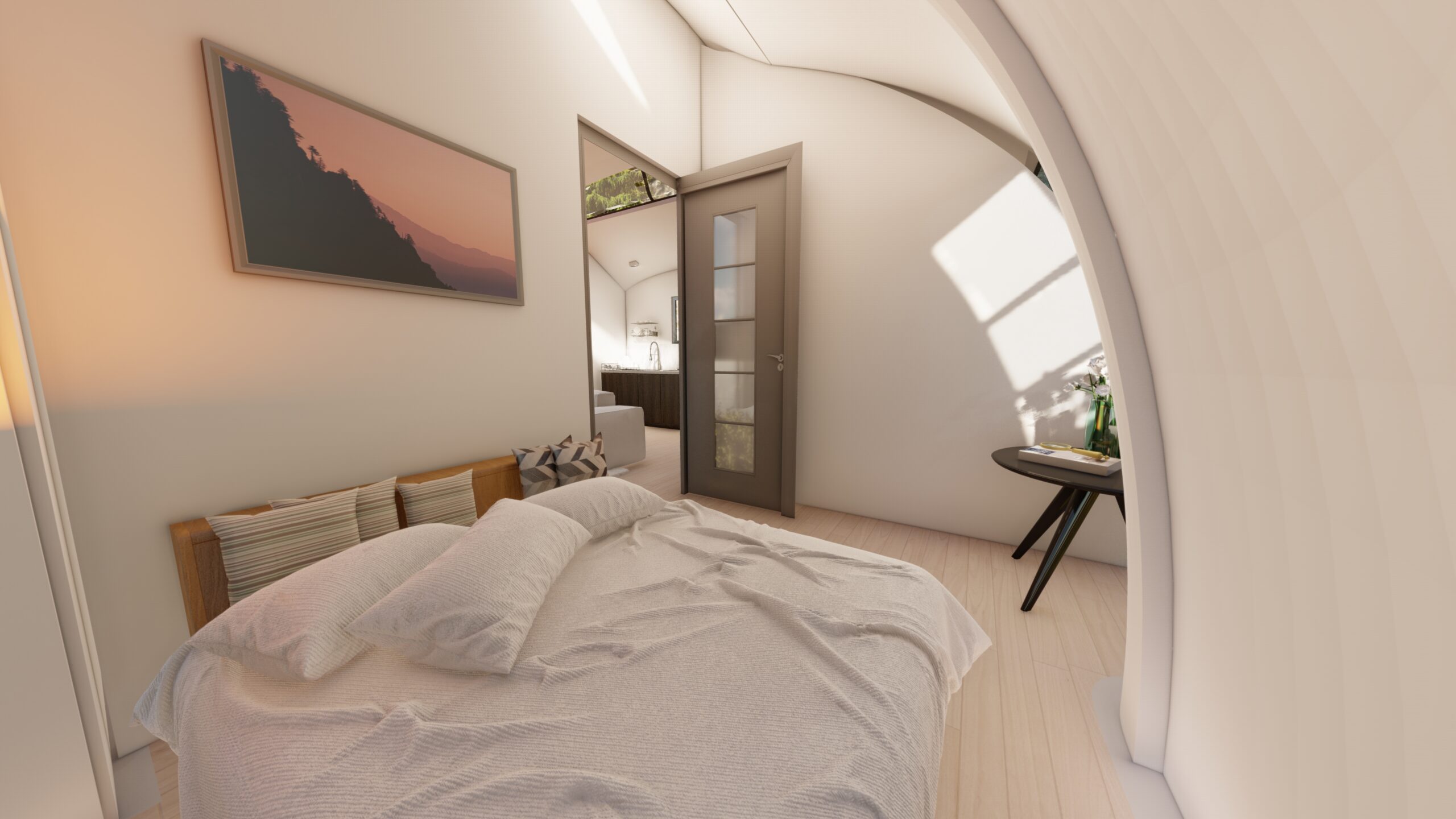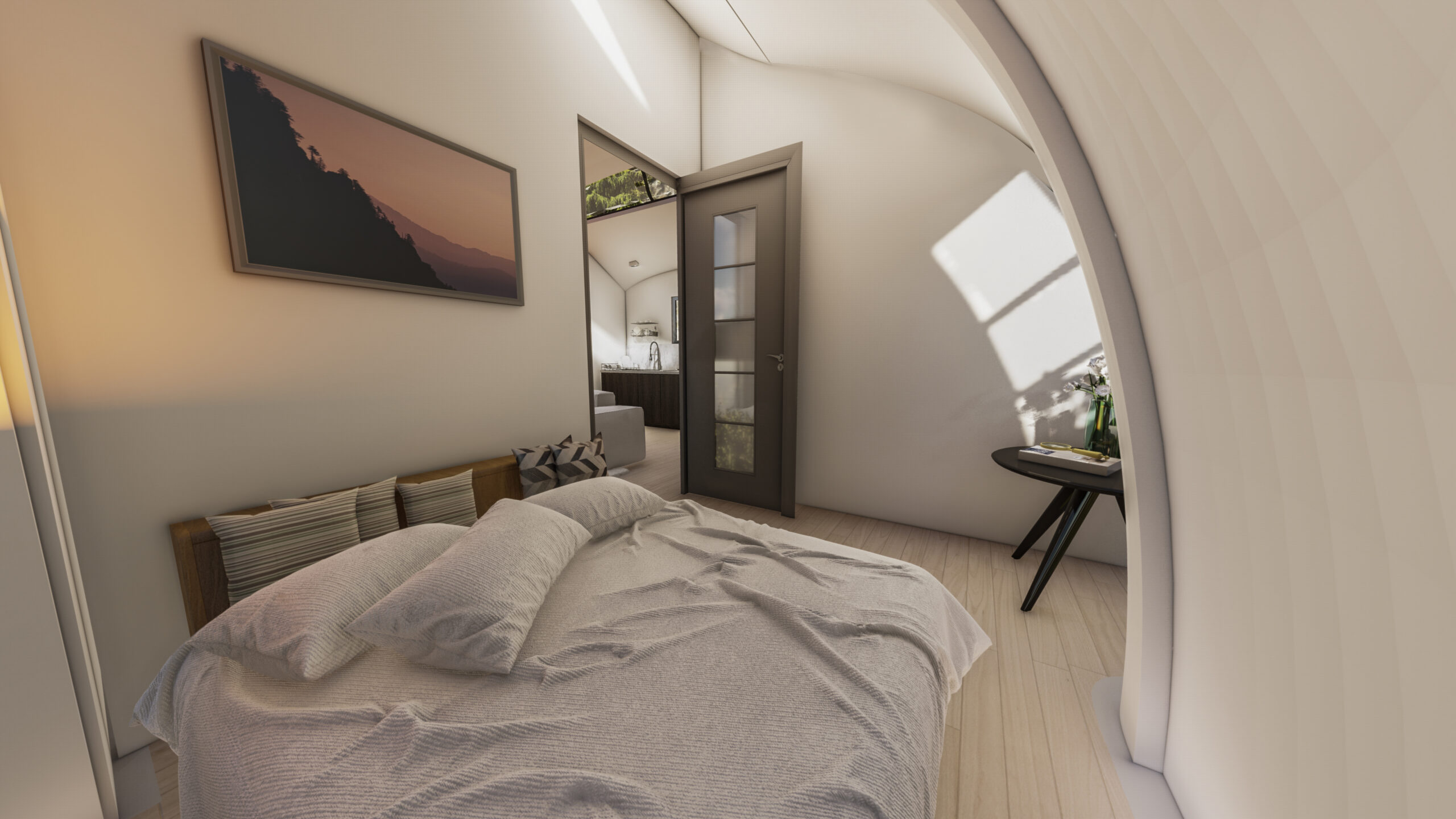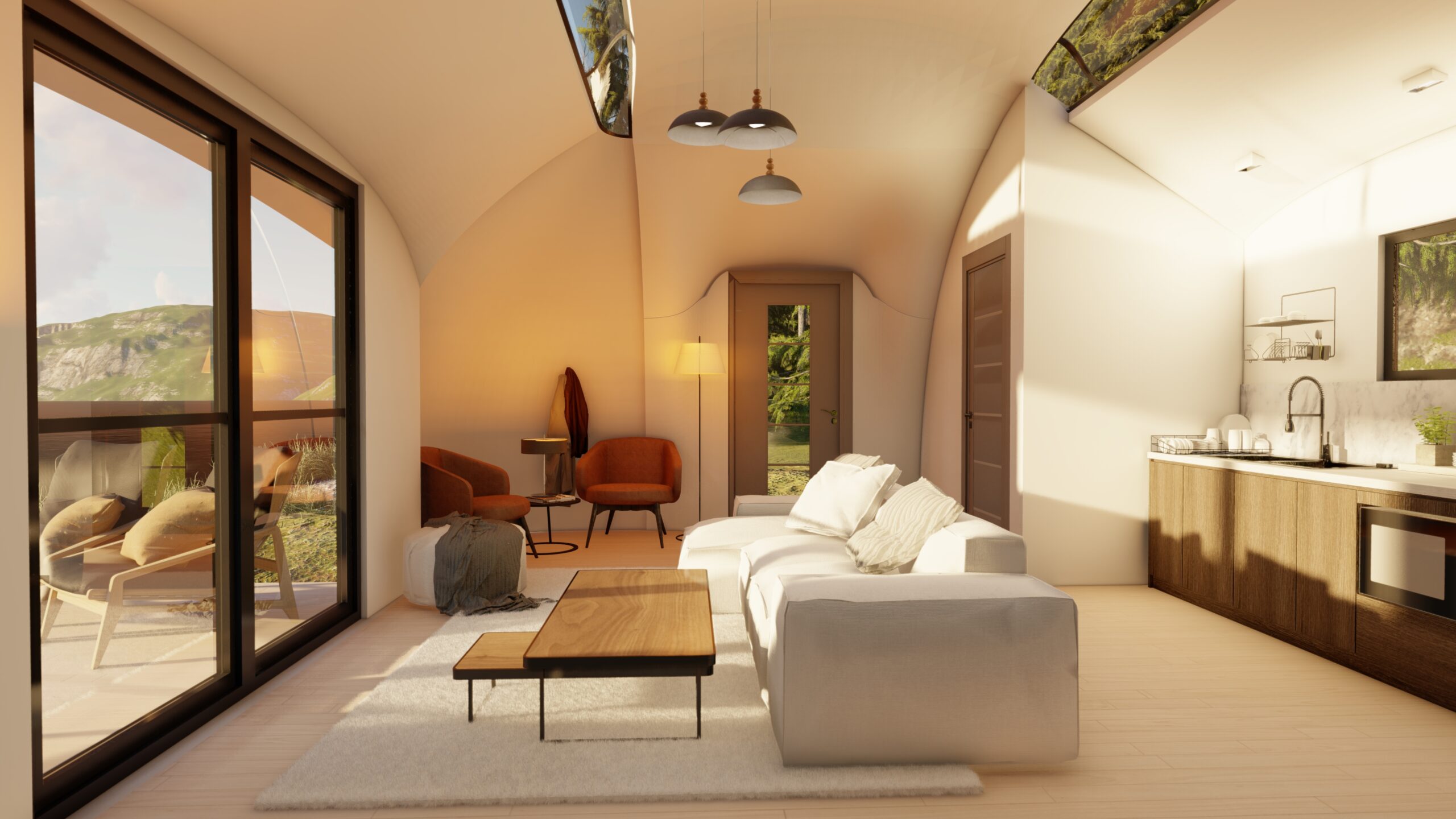Explore Innovations with our Conceptual Designs Today!
Welcome to the world of conceptual designs, where innovation and creativity are at the forefront of our creations. At our studio, we believe in pushing boundaries, exploring new ideas, and challenging the status quo. We invite you to experience the wonders of conceptual designs with our exclusive collection.
Our conceptual designs are not just products, they are inspirations that can transform the way we think and feel. They provide a glimpse into the future, where imagination and innovation come together to create something extraordinary.
With our conceptual designs, we aim to inspire you, spark your creativity, and encourage you to think outside the box. Our team of experts is dedicated to creating designs that not only look visually stunning but also serve functional purposes.
So, whether you are an entrepreneur, an architect, or simply an individual with a passion for creativity, our conceptual designs are the perfect fit for you. Join us on a journey of innovation, imagination, and inspiration.
Unleashing Creativity through Conceptual Designs
In today's fast-paced world, innovation and creativity have become quintessential requirements for success. Traditional design thinking has given way to conceptual designs that encourage and inspire creative thinking instead of limiting it. Conceptual designs can help businesses create unique products, services, and experiences that stand out from the crowd. At the same time, these designs also empower individuals to think outside the box and push the boundaries of what is possible.
Conceptual designs are not only about creating something new but also finding new ways to approach a problem. By encouraging experimentation, conceptual designs can help unlock new solutions and uncover unexplored possibilities. This kind of design thinking can be applied to a wide range of industries, from architecture and engineering to product design and software development.
Unleashing Creativity with Boundless Possibilities
Conceptual designs offer endless possibilities to unleash creativity. By removing the constraints of traditional design, designers can truly let their imaginations run wild. These designs encourage experimentation and iteration, allowing designers to explore a range of possibilities and solutions that they may not have considered before.
The power of conceptual designs lies in their ability to inspire new ideas and approaches to problem-solving. They provide a platform for creativity to take center stage, allowing designers to let go of the fear of failure and embrace the process of exploration and discovery.
With conceptual designs, designers can create something that is truly unique and groundbreaking. Whether it's a new product or a new way of approaching a problem, the possibilities are only limited by one's imagination.
The Intersection of Innovation and Aesthetics
Conceptual designs are not just about solving problems; they are about doing so in a visually appealing way. The integration of innovation and aesthetics is what sets great designs apart from the rest. Through conceptualization, designers are able to push the boundaries of what is possible and create solutions that are not only functional but also beautiful.
Take the Apple iPhone, for example. Its sleek and minimalist design has become iconic, but it was only made possible through conceptualization and a focus on aesthetics. The same can be said for the Tesla Model S, which combines sophisticated engineering with a visually stunning design, making it a work of art that happens to be a car.
At its core, the intersection of innovation and aesthetics stems from the desire to create something that is not only useful but also evokes emotion. This is because aesthetics play a crucial role in how we perceive and interact with products. An aesthetically pleasing design can make us feel more connected to a product and inspire a sense of loyalty, while a poorly designed product can make us feel disengaged and unimpressed.
However, achieving the perfect balance between innovation and aesthetics is not always easy. It requires a deep understanding of both form and function, as well as a willingness to take risks and think outside the box. This is where conceptualization comes in, providing a platform for designers to experiment and iterate until they achieve the perfect balance.
Innovation and aesthetics are not mutually exclusive concepts but instead work hand in hand to create designs that leave a lasting impression. Through the use of conceptualization, designers can elevate the visual appeal of their products and create solutions that are not only functional but also beautiful.
Examples of Extraordinary Conceptual Designs
Conceptual designs have revolutionized various industries, from architecture to product design. Here are some examples of innovative and extraordinary designs that have captivated the world.
Frequently Asked Questions about Conceptual Designs
Are conceptual designs only for artistic purposes?
No, conceptual designs can be used for a variety of purposes, ranging from product development to architecture. The creative process involved in conceptualizing designs allows for the exploration of innovative solutions that can enhance functionality and aesthetics.
How do you begin the conceptual design process?
The first step in the conceptual design process is to identify the problem or need that the design will address. From there, brainstorming sessions and research are conducted to generate ideas and insights. Sketches and prototypes are then created, allowing for further refinement and testing until a final design is achieved.
What makes conceptual designs different from traditional designs?
Conceptual designs are different from traditional designs in that they prioritize innovation and creativity. Unlike traditional designs, which are often based on pre-existing templates or standards, conceptual designs are free to explore new possibilities and push boundaries.
Can anyone create a conceptual design?
Yes, anyone can create a conceptual design, regardless of their background or expertise. The only requirement is an open mind and a willingness to explore new ideas. With the right guidance and support, even those with no design experience can create innovative and impactful designs.









